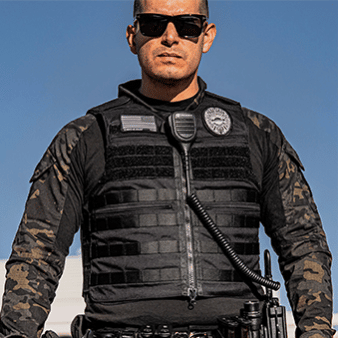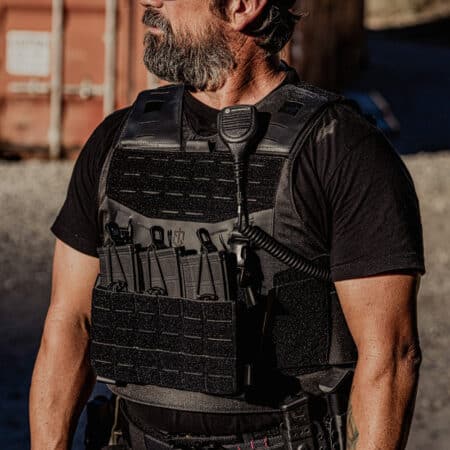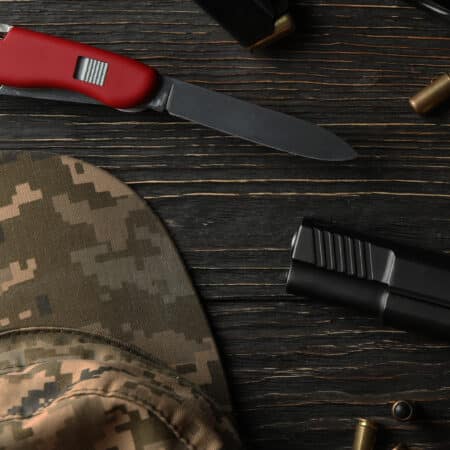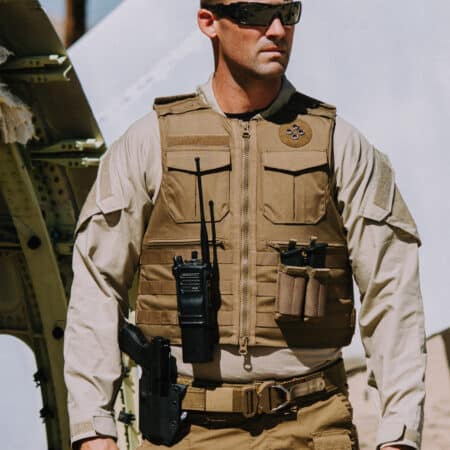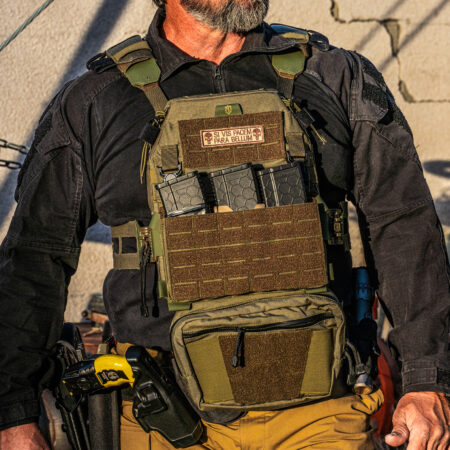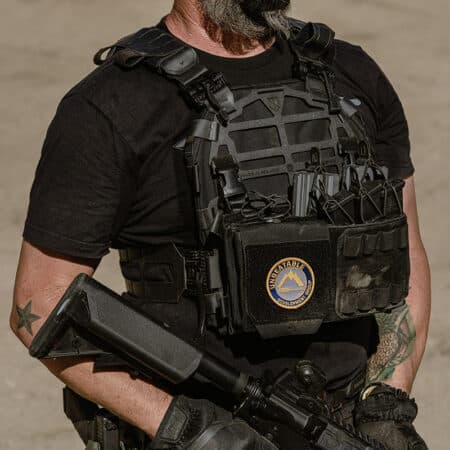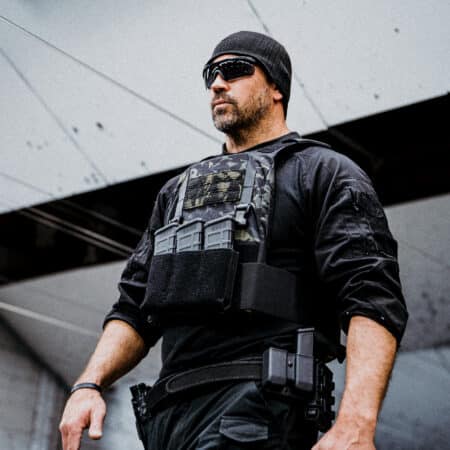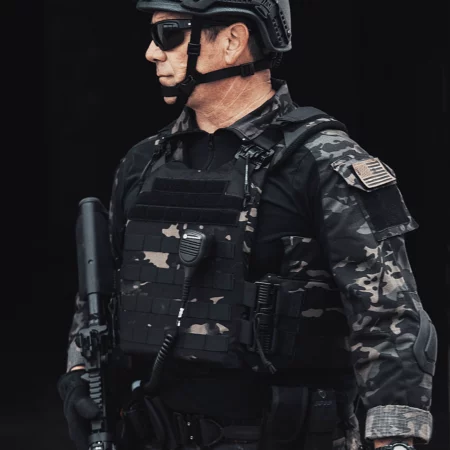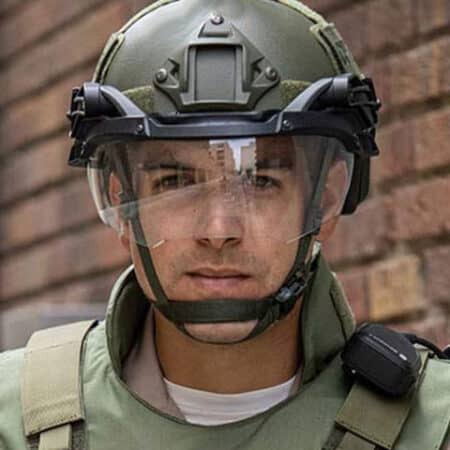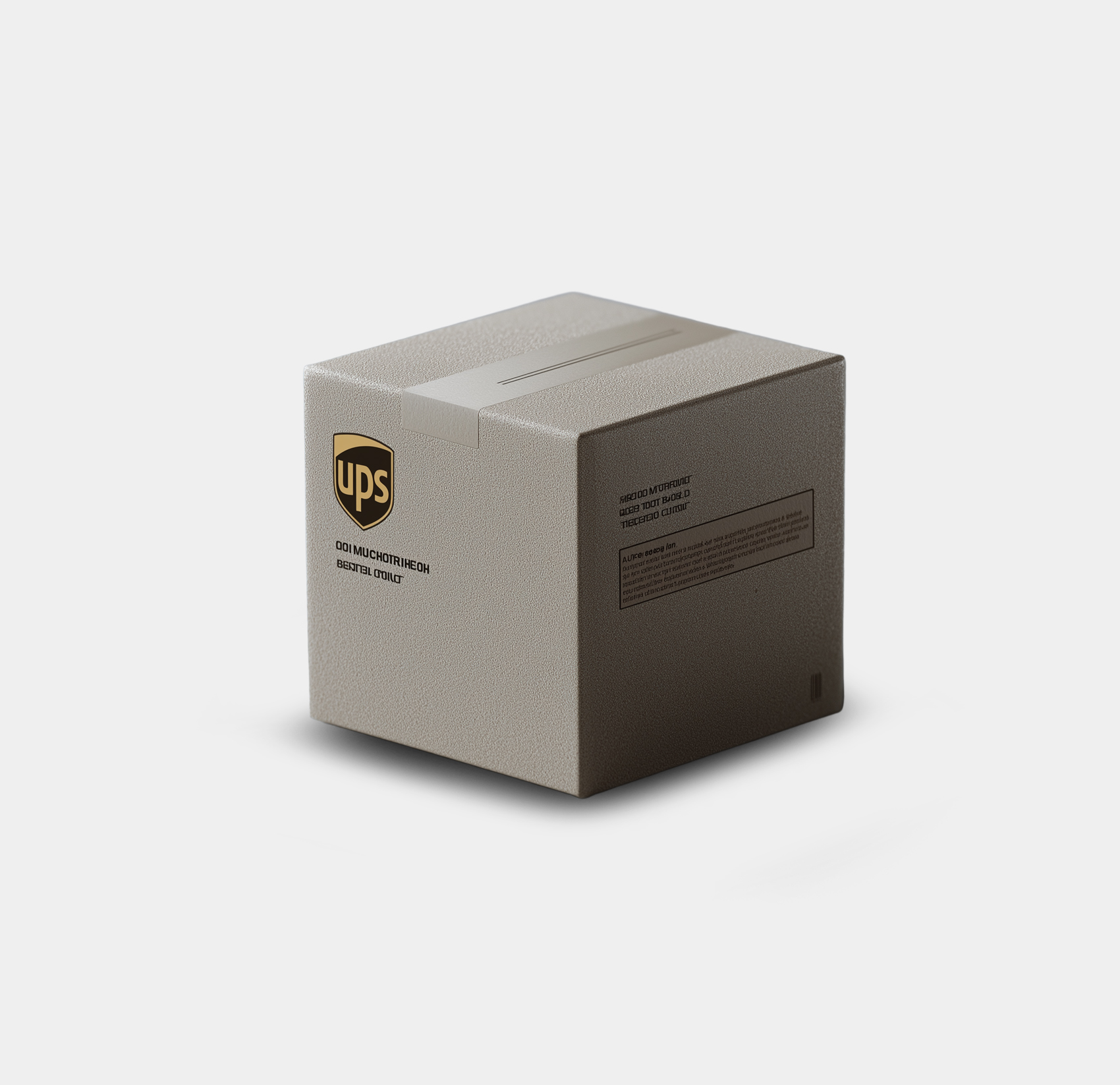Gun safety is easily the most important aspect of becoming a gun owner. While owning and using firearms can be extremely fun and rewarding, it also entails a high level of responsibility with it. No matter what type of firearm it is, gun safety should always be your number one priority in order to keep yourself, your loved ones, and any others safe.
When it comes to gun safety, there are four basic rules that should always be remembered and followed. Whether you are out on the gun range or in your home, these rules should always be abided by so as to prevent potential accidents or injuries. Firearms should be enjoyed, and these simple gun rules help to accomplish that in a safe and effective manner.
The four basic gun safety rules are very simple and easy to remember:
Treat Every Gun As If It Were Loaded
Even if you know for a fact that your gun is unloaded, you should always treat it as though it was. A healthy habit when around firearms are to just assume that every gun that you come into contact with is loaded. This way you will treat it with the respect that it deserves, even if it is unloaded. Of course, you should always visually and manually inspect any gun and prove it to be clear before handling it further. Taking a little bit of extra time to inspect your firearms before anything else will prevent any mishandling and could help to avoid any potential accidents. Even if a good friend hands you a gun that they claim is unloaded, treat it as though it were until you can check it yourself. And even when you know it to be clear and unloaded, you should still treat the firearm as if it was.
Taking a little bit of extra time to inspect your firearms before anything else will prevent any mishandling and could help to avoid any potential accidents.
Do Not Point a Gun at Anything That You Wouldn’t Want to Destroy
Controlling the muzzle of your gun is one of the most important parts of staying safe around firearms. Before moving or using the gun, be aware of where the muzzle will be pointed. You should never allow the barrel and muzzle of the gun to be pointed towards anything that you wouldn’t want to destroy with the gun. Take a quick minute to survey your surroundings. Determine the directions where it would be safe to point the gun as you handle it. From loading, unloading, cleaning, and shooting, the gun should always be pointed in one of these safe directions in case of an accidental discharge. By ensuring that it is always pointed in a safe direction, you can ensure that you and those around you will stay safe even if an accident were to occur.
From loading, unloading, cleaning, and shooting, the gun should always be pointed in one of these safe directions in case of an accidental discharge.
Do Not Place Your Finger On the Trigger Until You Are Ready to Fire
One of the most basic rules of gun safety is to keep your trigger finger off of the gun’s trigger until it is time to actually shoot. This is called trigger discipline and is a very important skill to learn and master. Even when simply holding or cleaning a firearm, your finger should never be within the trigger guard. If you must move or hold the gun, keep your trigger finger straight and rest it parallel to the gun. Any other action with the gun should be done in the same way, and the only time your finger should come into contact with the trigger is when the safety is off and you are ready to shoot.
The only time your finger should come into contact with the trigger is when the safety is off and you are ready to shoot.
Be Sure of Your Target and What Is Beyond It
While you should already be aware of your surroundings when using a gun, you should also be very aware of your intended target. This also includes anything that is behind your target that could be potentially hit. Consider these surroundings and the angle at which you will be shooting. If the bullet goes through the target, will it have something to safely and effectively stop the bullet? Or will it continue to travel and could it potentially hit something else? Most gun ranges will have backstops to stop the bullets, but if you are shooting anywhere else you will need to ensure you have a backstop in place behind your target. This is important as there is always a possibility of bullets being able to stray from the target, ricochet, or over penetrate and continue to travel.
Additional Gun Safety Tips
Even though there are four main gun safety rules, there are still plenty of extra tips and guidelines that you can follow to ensure proper safety when around firearms. For example, a responsible gun owner will always strive to keep his firearms as clean as possible. Not only will this ensure that they last longer, but it keeps them working properly. A firearm that does not function properly could result in potential problems and safety issues.
It is also a great idea to always have a first aid kit on hand whenever dealing with firearms. Even something small like a sharp edge or some hot brass can cause a small cut or burn that can be easily treated with a simple first aid kit while out shooting.
Final Thoughts
Being a gun owner is very fun and can be so rewarding as long as you know and follow the basic gun safety rules. Learning all of the safety protocols will ensure that you and those around you will stay as safe as possible in order to continue enjoying the sport and the guns that you are using!


